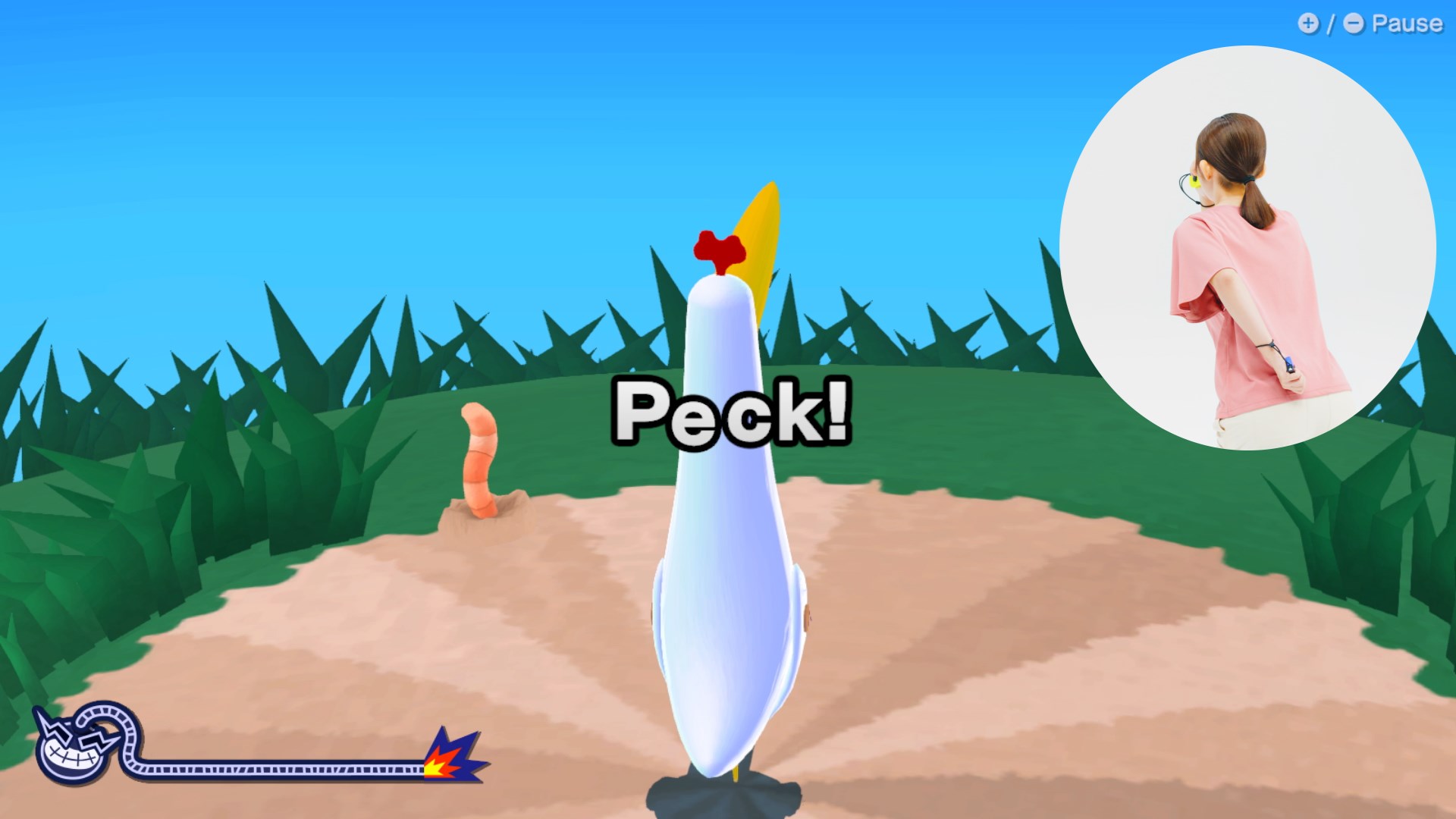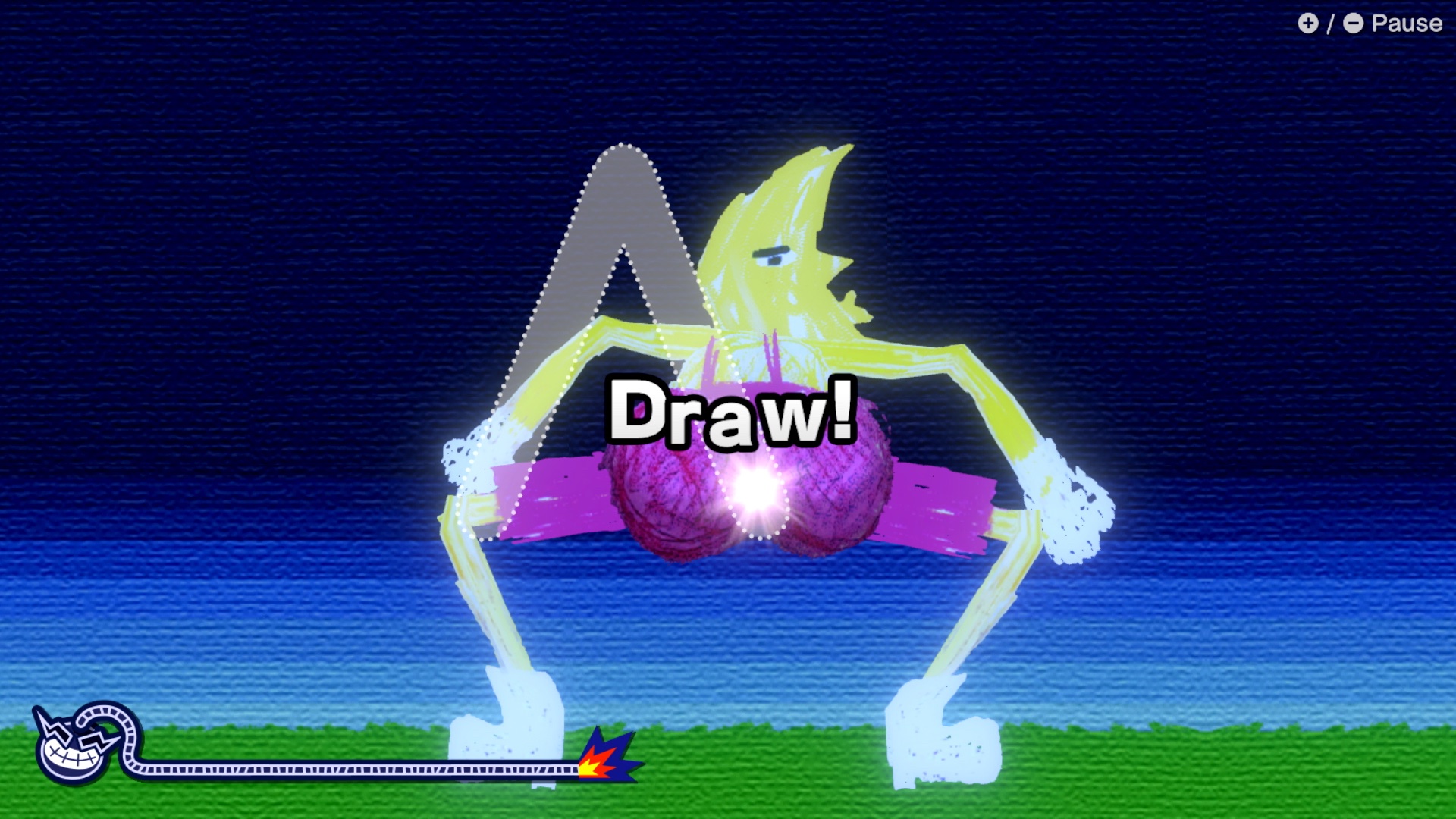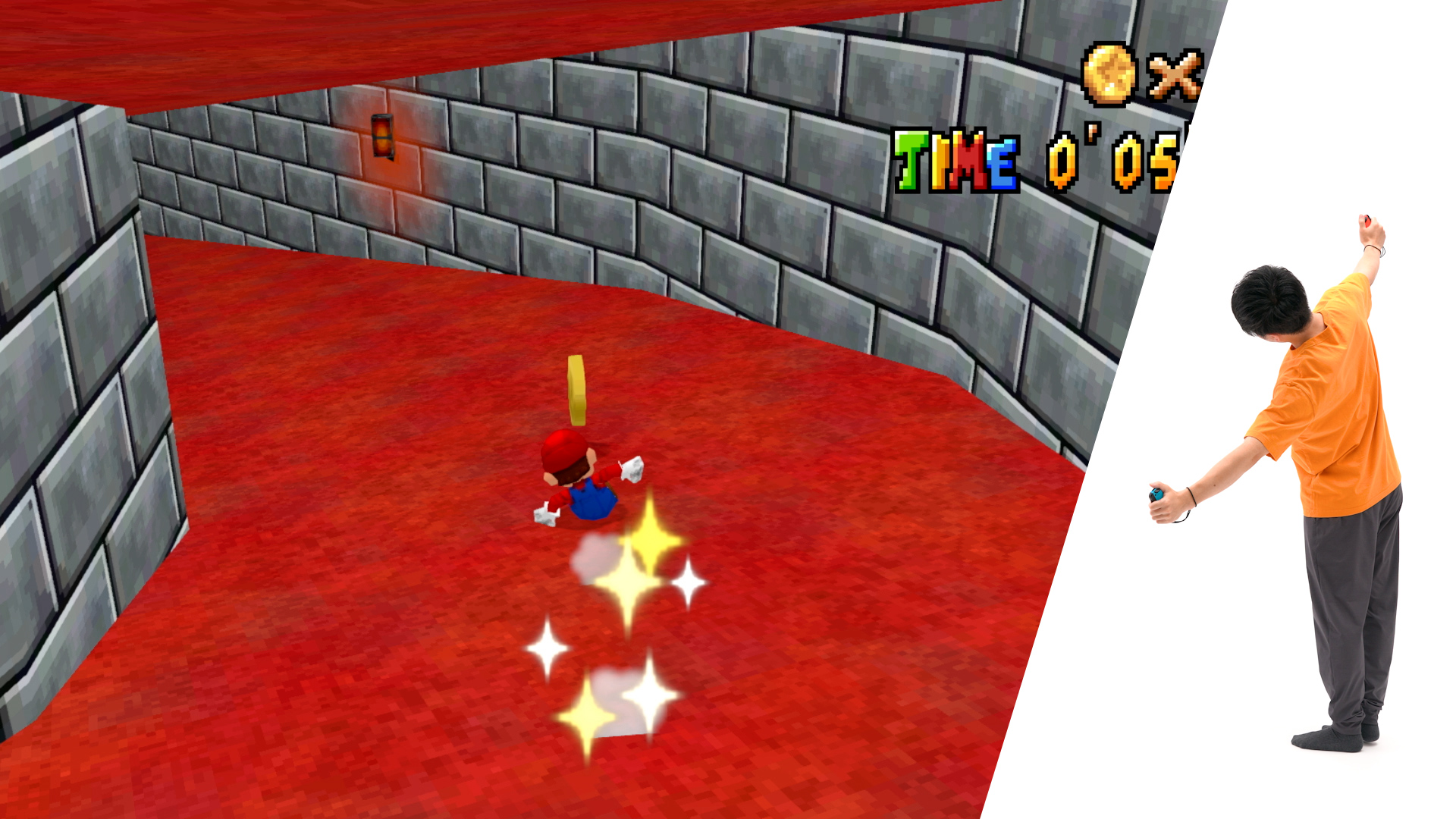20 Years of WarioWare Microgames
For two decades, Goro Abe has been deeply involved in the WarioWare series, overseeing the development of thousands of microgames. In the creation of WarioWare: Move It! for Nintendo Switch, Abe helped narrow down more than a thousand ideas to deliver 223 fresh microgames.
Abe emphasizes that the most important factors that make a good microgame haven’t changed since the series debuted in 2003. “Microgame controls and rules should be intuitive… and make sense to as wide a range of ages and audiences as possible,” says Abe.
Polygon recently interviewed Abe via email to discuss his work on WarioWare: Move It!, and his work as co-director, gameplay designer, and programmer on the WarioWare series. He explores what still excites him about making microgames for two decades and the long-term effects of WarioWare microgame development on the human brain.
Polygon: What were the team’s most important goals in making a new WarioWare game built for Nintendo Switch?
Goro Abe: The initial concept was to combine elements of a party game like WarioWare, Inc.: Mega Party Game$! and a more movement-based game like WarioWare: Smooth Moves into a motion control WarioWare party game for the Nintendo Switch system.
As we developed the game, we wanted to make the poses during gameplay silly-looking, so that people watching can have fun too. The chicken form and the microgame you beat by just waving and wiggling your arms are good examples of that. While there are some co-op microgames where two players can play at the same time during Story Mode, we mostly went with turn-based games because we thought having an audience made it more fun.
Additionally, the party games were designed to make the process of winning or losing fun, not just the winning or losing itself. One example is “Galactic Conquest,” where the player who wins the battle game gets to roll the dice, but then all kinds of mishaps happen based on the space they land on. Ultimately, I think we managed to achieve our initial goal of making a movement-based WarioWare party game for the Nintendo Switch.
How did the development of WarioWare: Move It! differ from previous WarioWare games?
For starters, the development framework was different. We collaborated with additional development companies, resulting in more variety in the microgames compared to any previous game in the series. And since this is a movement-based game, there are a lot of microgames that let the player move freely based on their own perspective, which required us to work on a lot of 3D graphics. Also, the programming for handling Joy-Con input was complex and needed a lot of tweaking.
What do you think makes a great WarioWare microgame? Has your opinion of what makes a great microgame changed over the past 20 years?
- Microgame controls and rules should be intuitive, where any player can instantly grasp how they work. The theme for each game should be unique and relatable.
None of these ideas have changed since we started 20 years ago, but what we watch out for changes depending on the characteristic of that game. This is the focal point of WarioWare: Move It!

After making thousands of WarioWare microgames, how does the team ensure it’s not repeating itself?
First, we brainstorm tons of ideas. WarioWare: Move It! has 223 microgames including the boss games, but we collected over 1,000 storyboarded ideas from our staff. Another big factor is that I personally select which games make the cut. Even if there are some similarities to a previous game, we change things up so that it becomes a different game.
Again, you must have played so many WarioWare microgames — which recent ones have delighted or surprised you?

Microgames that use the IR (infrared) sensor and ones that emphasize player movement have been particularly delightful and surprising.
WarioWare games happen so fast, and at such a rapid pace — does this ever start to affect how you think about games? (Or life?)
I’ve become acutely attuned to how easy a game is to understand. And lately, I’ve been picking up on the intuitiveness of things, not just in games, but in various things we encounter on a daily basis like user interfaces and visual effects.
How do you approach making 9-Volt’s games specifically, and adapting Nintendo’s game history into microgame form?

First, we made a list of past Nintendo games and brainstormed as many ideas as we could which could be turned into a movement-based microgame. However, for more recent titles, it is very labor-intensive just to reproduce it, even for a short microgame. We took the reproduction method into account as we selected the titles and their specifications.
What was the inspiration behind Wario’s island vacation?
But if we set the story in Diamond City where Wario lives, it would have been the same as WarioWare: Smooth Moves. We brainstormed ideas for a different and more suitable setting and ultimately landed on a tropical resort. It made sense that a tropical island had its own unique culture and legends, and we’d get to show a different side of Wario and company outside of their regular setting. Since they are all going to a tropical island, we thought the idea of a company trip would be easy to understand, so that is how this story was born.
